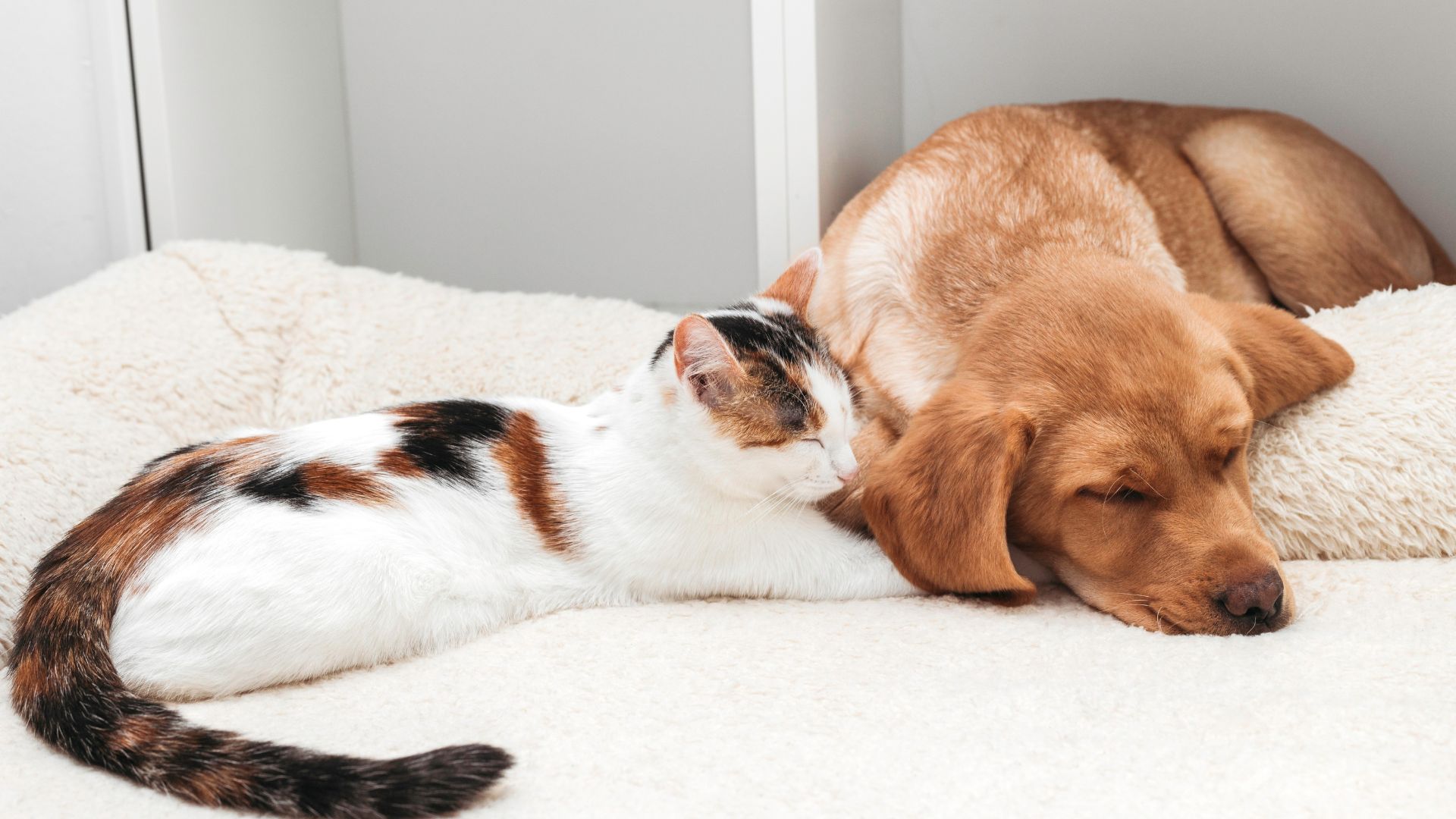Imagine your dog and cat getting along and acting more like furry siblings instead of going at each other’s throats (not to say real siblings don’t do that, but you get the idea). Now that’s a sight many pet parents wish for, but only a few get to enjoy because not all dog breeds can get along with cats.
Let’s break it down a bit. Dogs that don’t have strong chasing instincts are less likely to harass a cat and can coexist with other animals. These dog breeds are naturally sociable and more pack-oriented, so they see other pets as family members.
Calm dogs also have more impulse control, so if you ask them to ‘leave it’ or the cat’s body language tells them off, they’ll respectfully step down.
If you want a dog that’s good with cats, keep reading because these two can make good companions if you choose wisely.
Dog Breeds That Sleep Beside Cats Without Fighting
1. Beagle
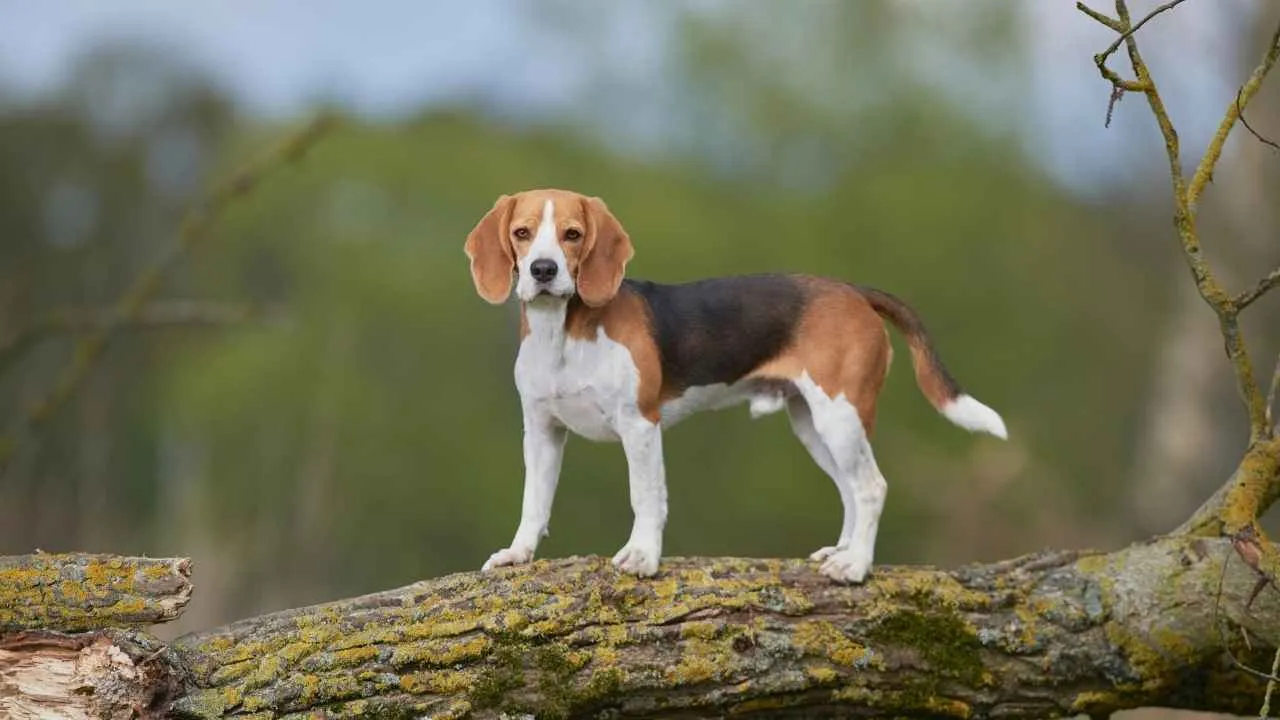
Beagles were bred way back in England to hunt in packs, which means they’re hardwired to be team players. These dogs see every creature in the living room (human, feline, or hamster) as part of the squad.
The AKC even calls Beagles “happy‑go‑lucky” dogs bred to hunt together, which makes solo grudge matches pretty pointless in their book.
Why does Mr. Whiskers get a pass for a cat sibling, you ask? First, Beagles are scent hounds, not sight chasers. They lock onto odors in the grass, so a lounging cat barely pings their radar.
These pets view cats as just another member of the pack, thanks to their gregarious nature. And since Beagles are generally friendly with other animals, they greet the resident tabby with a tail wag, not a war cry.
These hounds score high on cheerful, people‑pleasing vibes and lower on the “I must conquer everything that moves” scale. So if you put a Beagle and a feline together, they won’t be eager to tear each other to shreds.
2. Pug
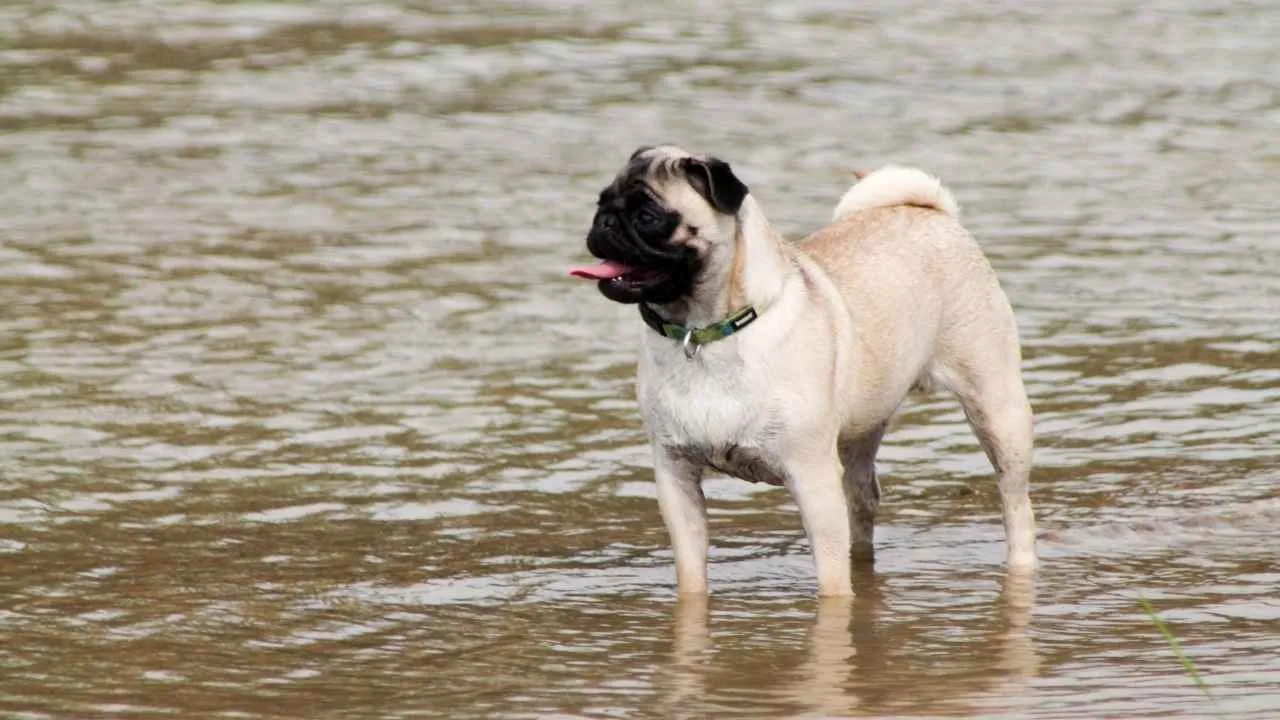
Pugs were bred centuries ago to warm the laps of Chinese emperors and learned one core mission early: keep the palace vibe mellow. Their wrinkly face and serious expressions can make them look scary, but they coexist peacefully with cats and other dogs.
They don’t see other animals as rivals, and most of the time, they just want to be part of whatever is happening.
A big reason Pugs get along with cats is their low prey drive, as they’re not wired to chase tails or pick fights. If anything, a Pug will be too busy waiting for treats or naps to care about what the cat is doing. Their friendly, people-focused personality allows them to share space without creating tension.
Pugs are also safe for cats because of their size and build. At around 14-18 pounds, they’re not intimidating, and their short face means no rough grabbing or biting.
3. Basset Hound
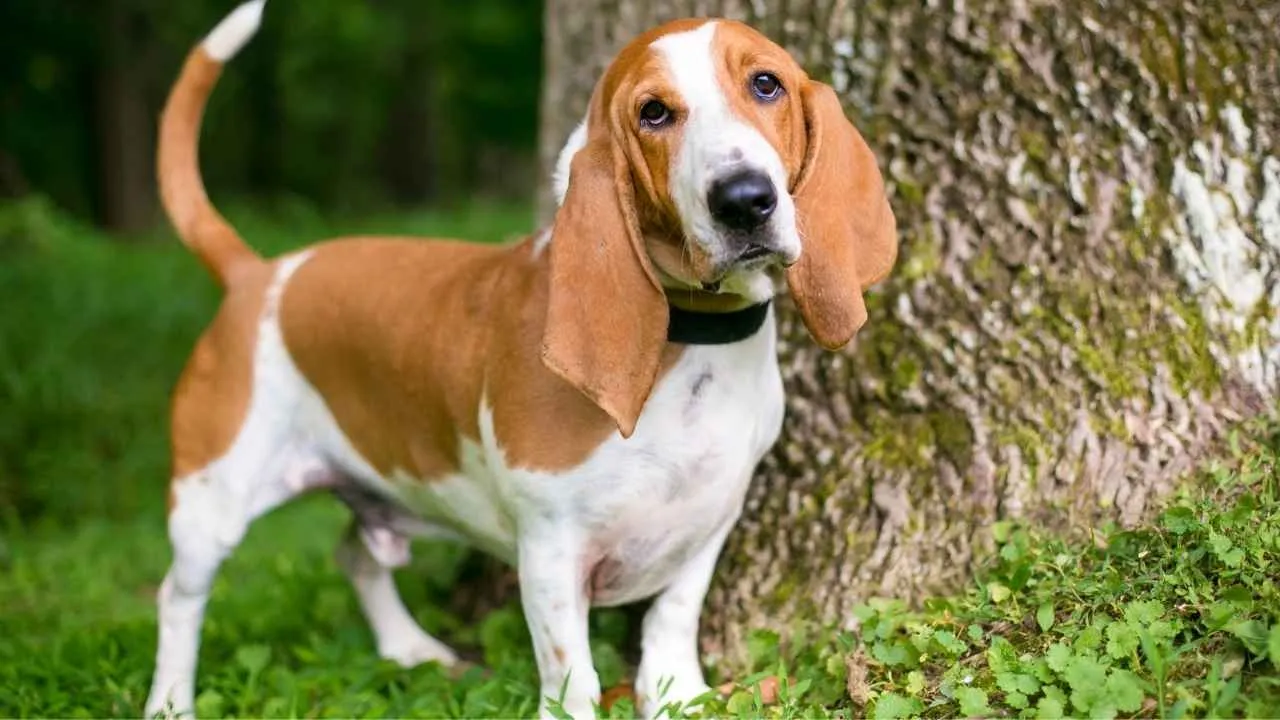
Basset Hounds are originally from France and are descendants of St. Hubert Hounds (a breed now extinct), according to PetMD. Hunters bred them short and sturdy rabbit trackers so people on foot could keep up, while those mile‑long ears scooped scent to the nose.
Basset Hounds’ sniff power places them among the best tracking dogs, and their low-to-the-ground build is another advantage in this regard.
A Basset Hound is rarely a problem with a cat because it’s patient and not the type to pick fights. The AKC describes them as loyal and low‑key, which means they’re more likely to nap beside a cat than chase it around the house.
These hounds are also not built for speed, so even if they’re curious, they won’t be launching into a wild chase. A cat’s quick moves earn nothing more than a sniff or a lazy head tilt from a Basset Hound.
4. Labrador Retriever

A Labrador Retriever is a gentle giant that wants nothing more than to please its owner (except maybe jump in cold water), as per Purina. These water dogs were bred on the coast of Newfoundland to pull nets and retrieve fish.
Later, British hunters developed them into the ultimate retrieving dogs. They were friendly, hardworking, and always ready to cooperate, which is why Labs get along so well with other animals.
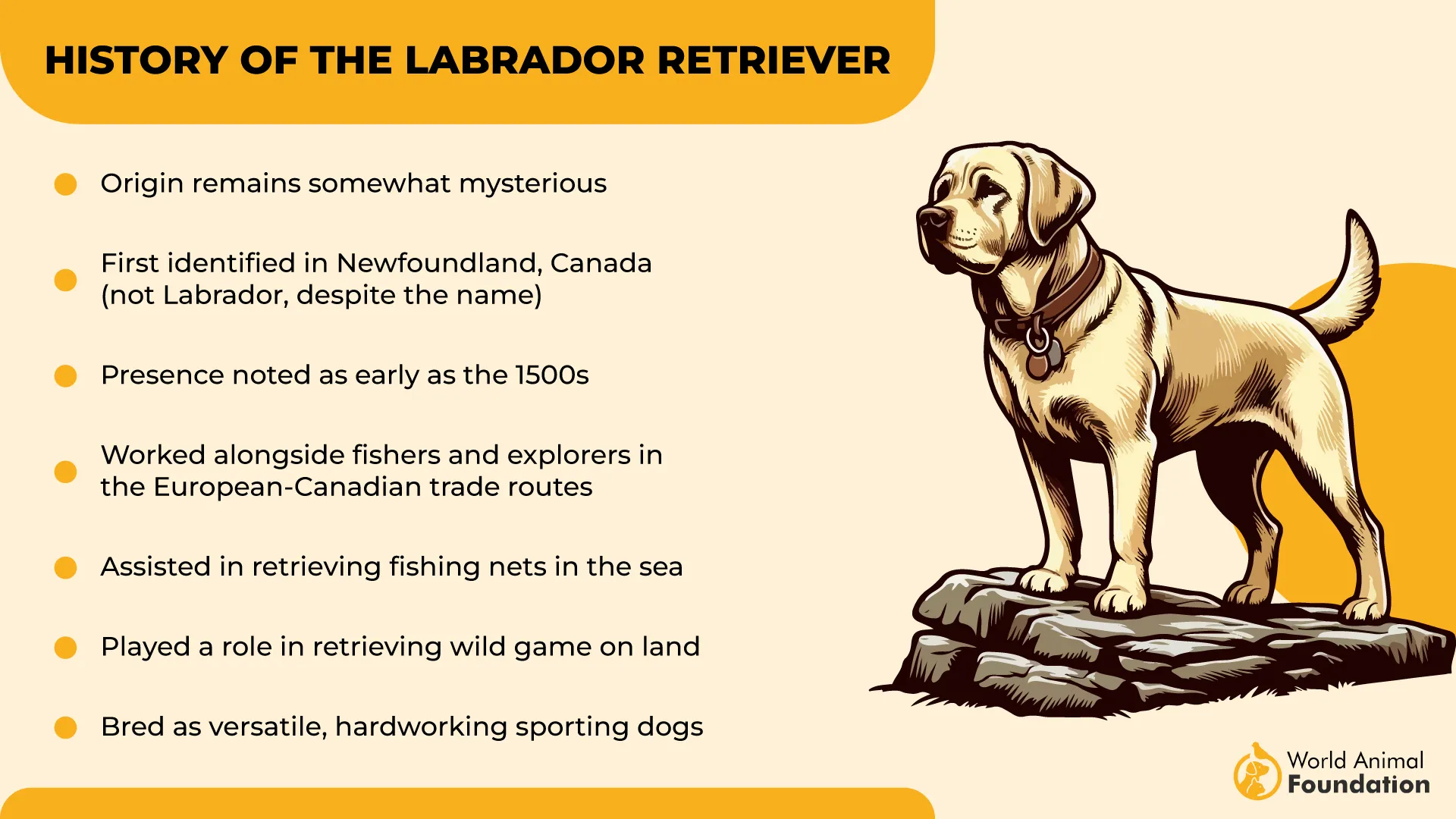
A Labrador puppy sees a cat as part of the group, not as a rival or prey, and shows its gentle nature quite often. If you properly introduce your cat and Labrador Retriever, it’ll accept the feline and maybe even become friends with it. These social dogs thrive on companionship and are suitable for a multi-pet home without creating tension.
While Labs do have a retriever’s instinct, it’s focused on fetching rather than chasing, and some meetings with a cat (if treats are included, that’s even better) are enough for them to figure out boundaries.
5. Poodle
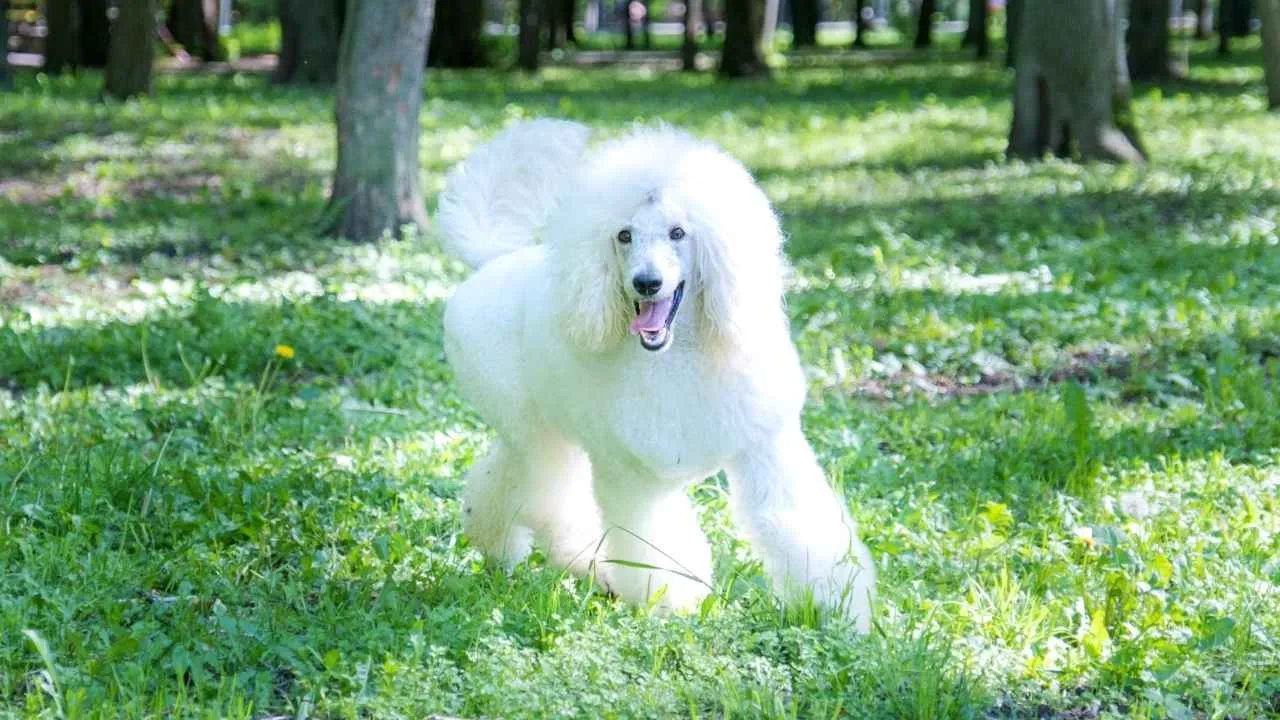
Poodles are among the oldest dog breeds that have existed for thousands of years. They were bred in Germany and France as water retrievers to dive into ponds and fetch ducks.
Since they were trained to work closely with people and follow commands, they are naturally social and great at living with other animals.
profile
These dogs’ intelligence and easy-to-train nature make them one of the easiest breeds to manage in a multi-pet home. A Poodle’s focus is always on companionship rather than conflict, so your cat will be safe around it.
Although Standard Poodles (the large ones) are not aggressive or rough, their smaller varieties (Miniature and Toy group) are even less likely to cause accidental bumps or scares.
6. Golden Retriever
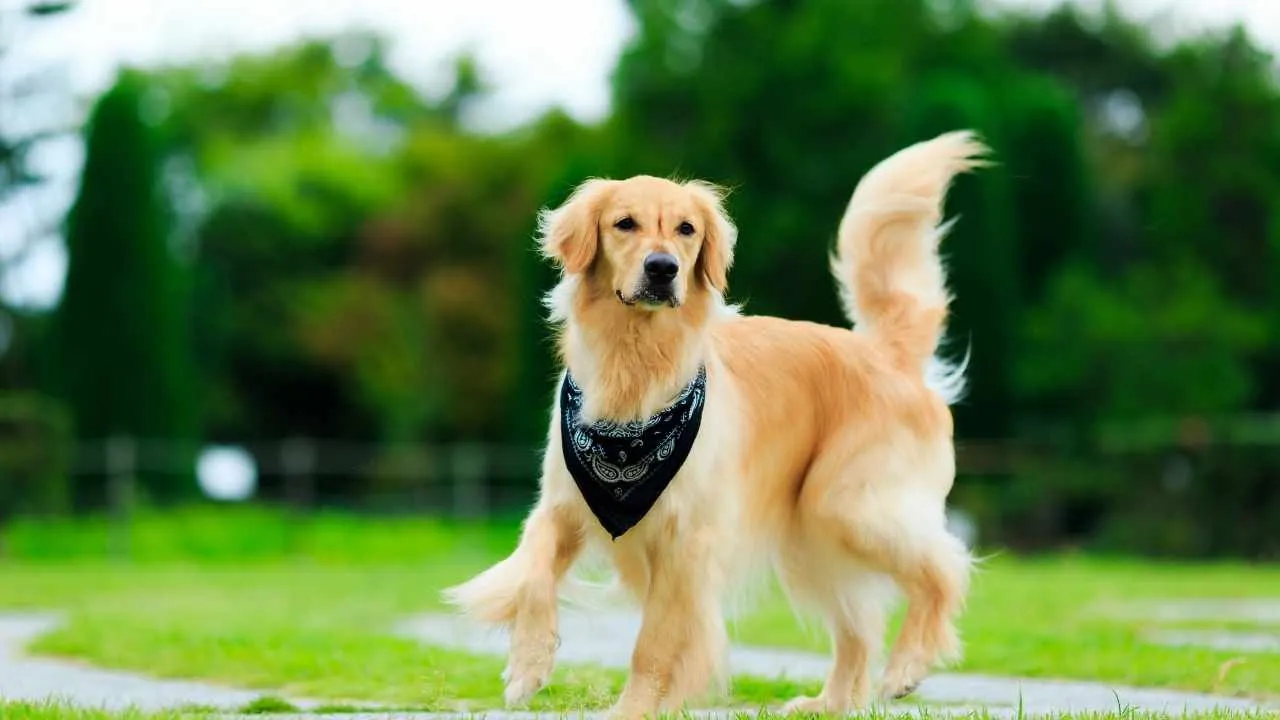
A Golden Retriever is one of the most popular dogs around the world because of its cheerful and soft personality (the stunning looks are a bonus). They were bred in 19th-century Scotland by Lord Tweedmouth, who wanted a hunting dog to retrieve ducks from water without damaging them.
He crossed retrievers with Tweed Water Spaniels and created the Golden Retriever, a gentle and cooperative dog. Since Goldies have always been team players, they get along so well with other animals, including cats.
One big reason they are safe around cats is their soft mouth. This trait was refined for carrying game gently, which means they are unlikely to hurt a cat even when curious. Golden Retrievers’ prey drive is low and focused on retrieving, which makes them less threatening.
7. Boston Terrier
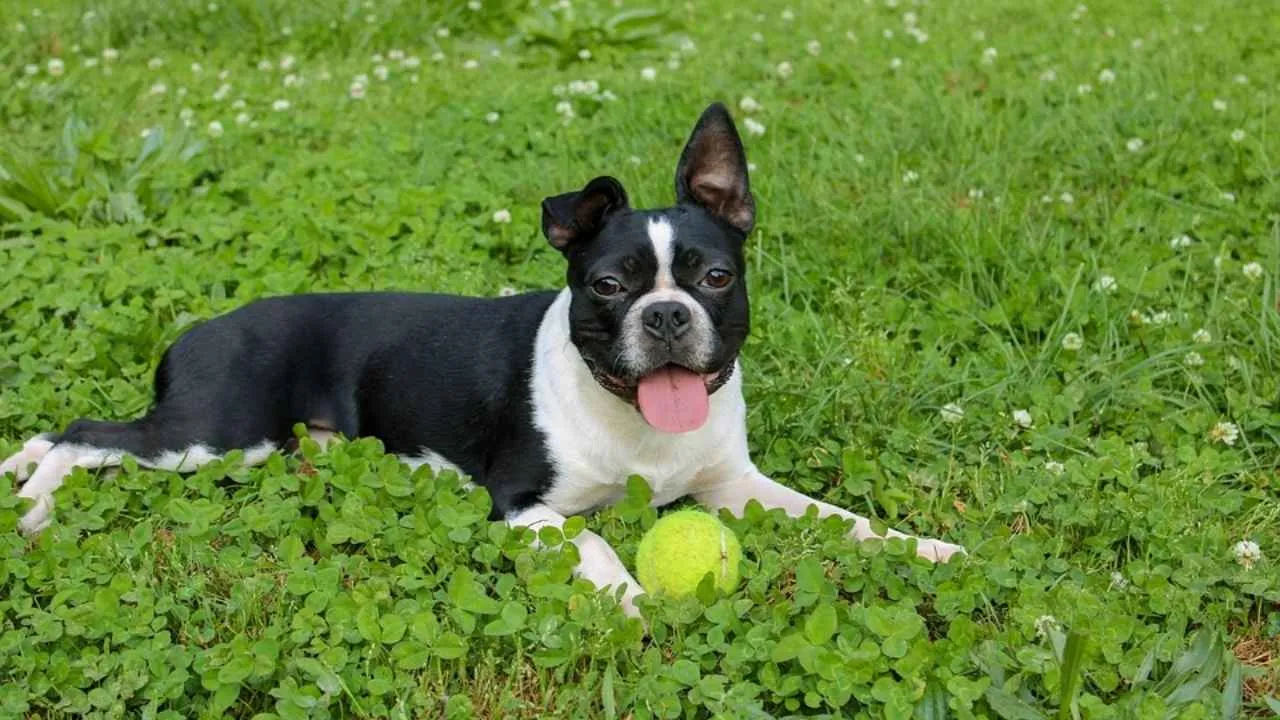
The Terrier group is another safe choice if you have pet cats. Boston Terriers were first bred in Boston during the 1860s by crossing an English Bulldog with a White English Terrier.
Their purpose was to be companions rather than hunters or fighters. The breed has earned the nickname “American Gentleman” because of its tuxedo-like coat and polite behavior.
These terriers are naturally good with other animals, including cats, because they don’t have a high prey drive. They are more interested in toys, food, or following their people around the house instead of getting into drama.
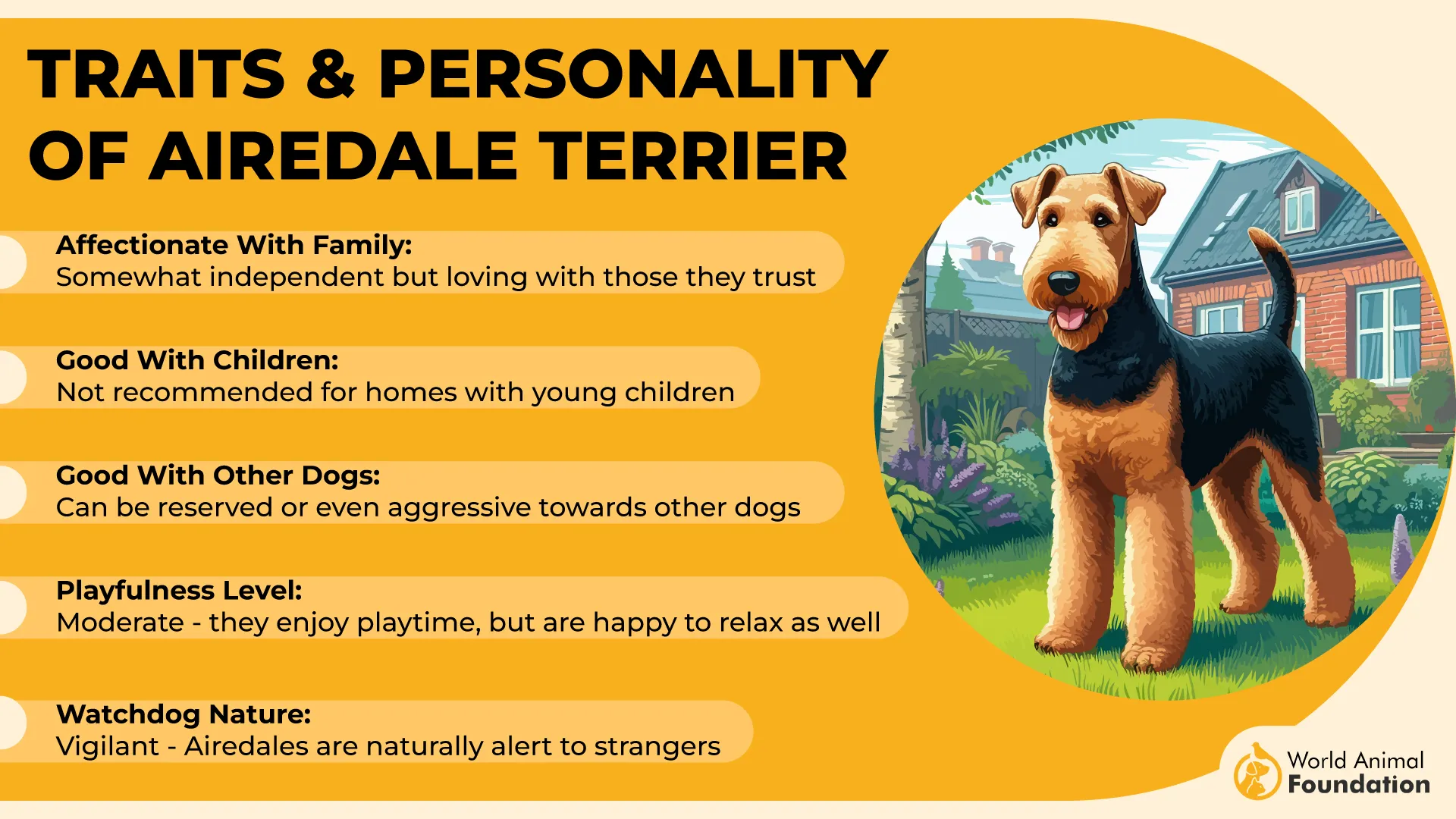
Since these dogs are small (hardly up to 25 pounds), they don’t look scary to cats, and some introduction can make these two species best buddies.
8. Papillon
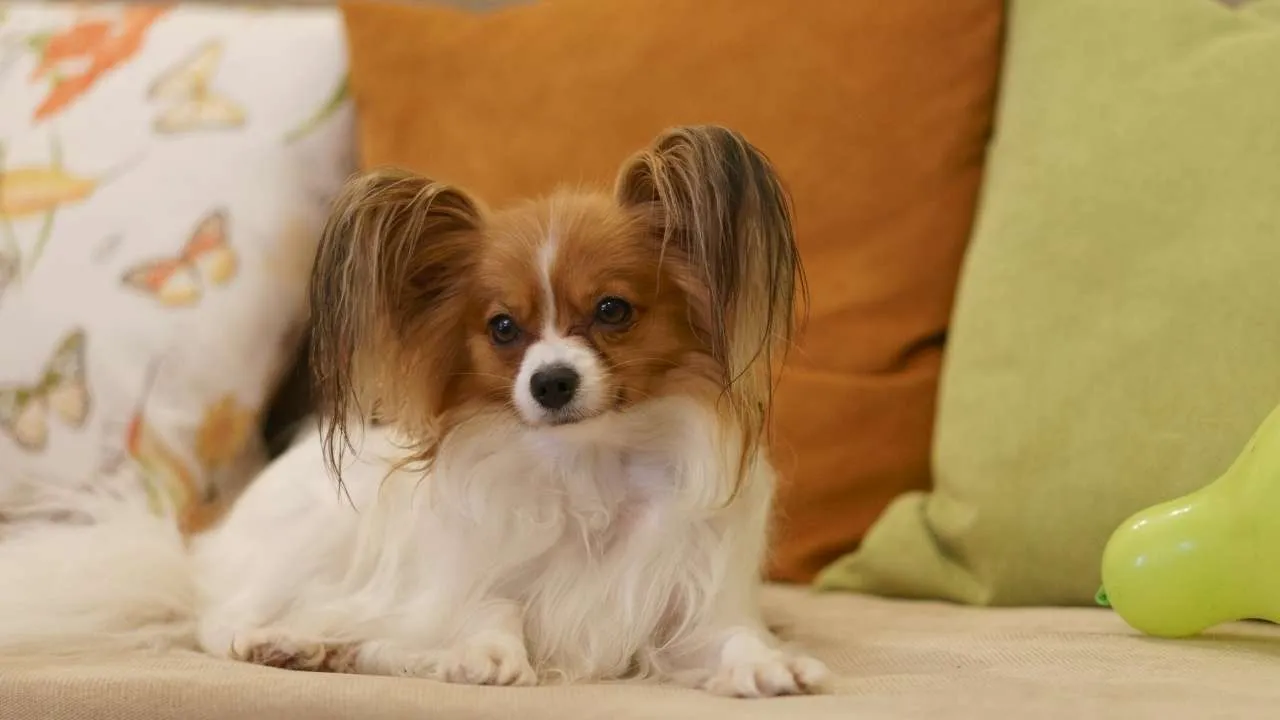
The Papillon (named for its butterfly-shaped ears) has been around since the days of European royalty. These little spaniels were bred to sit on the laps of nobles and wander palace halls, so they don’t see the point in fighting. They would get things handed to them, and that’s what shaped their nonchalant attitude.
A Papillon is friendly and calm around other animals, including cats. It was never meant for chasing or hunting, so it’s good at living in peace with other pets.
Papillons are tiny, weighing up to 9 pounds, and don’t carry a strong prey drive. They are more interested in people, toys, and learning tricks than in bothering a cat. Their first reaction to a cat is mostly curiosity rather than aggression.
9. Bichon Frise
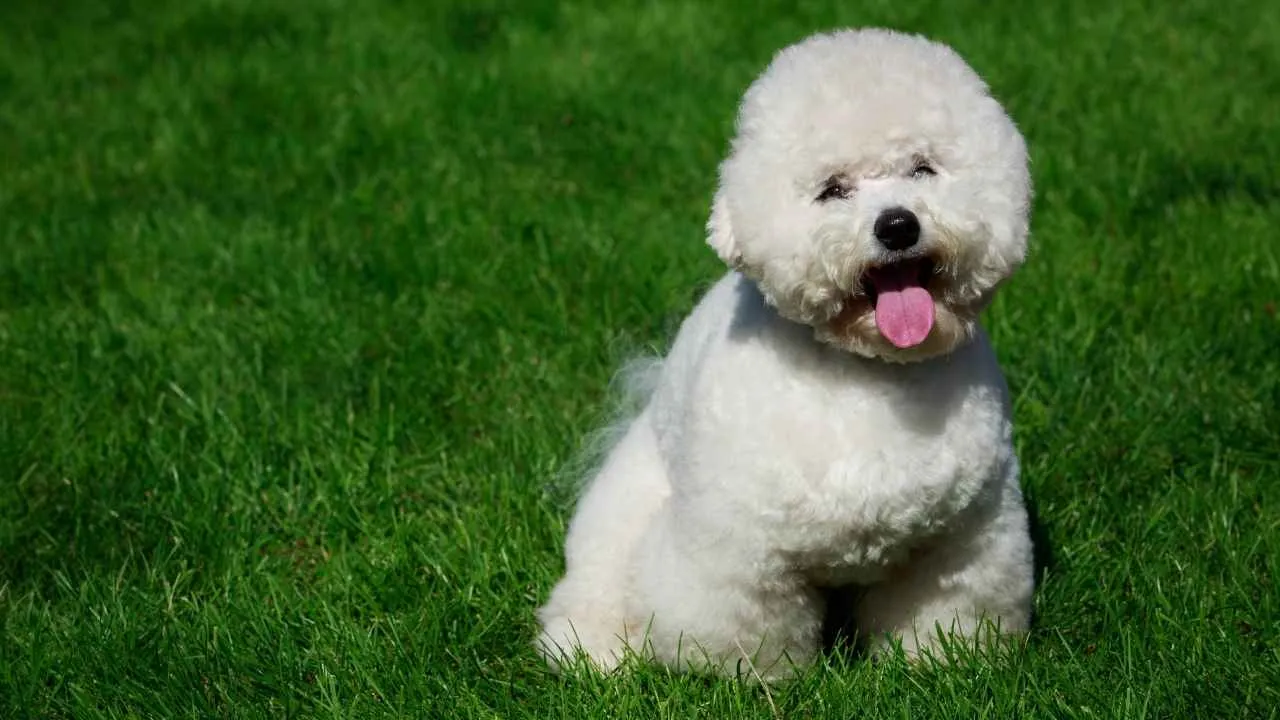
Bichon Frise is one of the cutest small white dogs whose beauty can melt anyone’s heart. What makes these furballs even lovable is their patient and mellow nature.
Its roots trace back to Mediterranean sailing ships, where these little white dogs entertained crews and charmed port merchants.
When nobles discovered them during the Renaissance, they became pampered lapdogs. They were there to mingle at court, not hunt in the fields, and that “every stranger is a friend” attitude still drives the breed. Most of the time, a Bichon will greet a cat with a wagging tail and then happily move on.
Conclusion
Some dog breed groups have huge hearts and calm personalities, so they can become fast friends with cats. Because they’re more interested in feeling like a part of something, they avoid drama and simply learn to coexist.
If you have a cat and want to bring home a dog, all of these breeds make a good cat-dog combo. They’ll fill your home with more love instead of fights or growls that can turn a multi-pet wish into chaos.


